Dabbs: My Time in U.S. Army Helicopters
October 12th, 2024
8 minute read
It’s really expensive to teach somebody to fly a modern military aircraft. As a result, the army in my day would typically just put you in a single airplane and leave you there. I’m the luckiest guy in the world. I was fortunate enough to fly four.
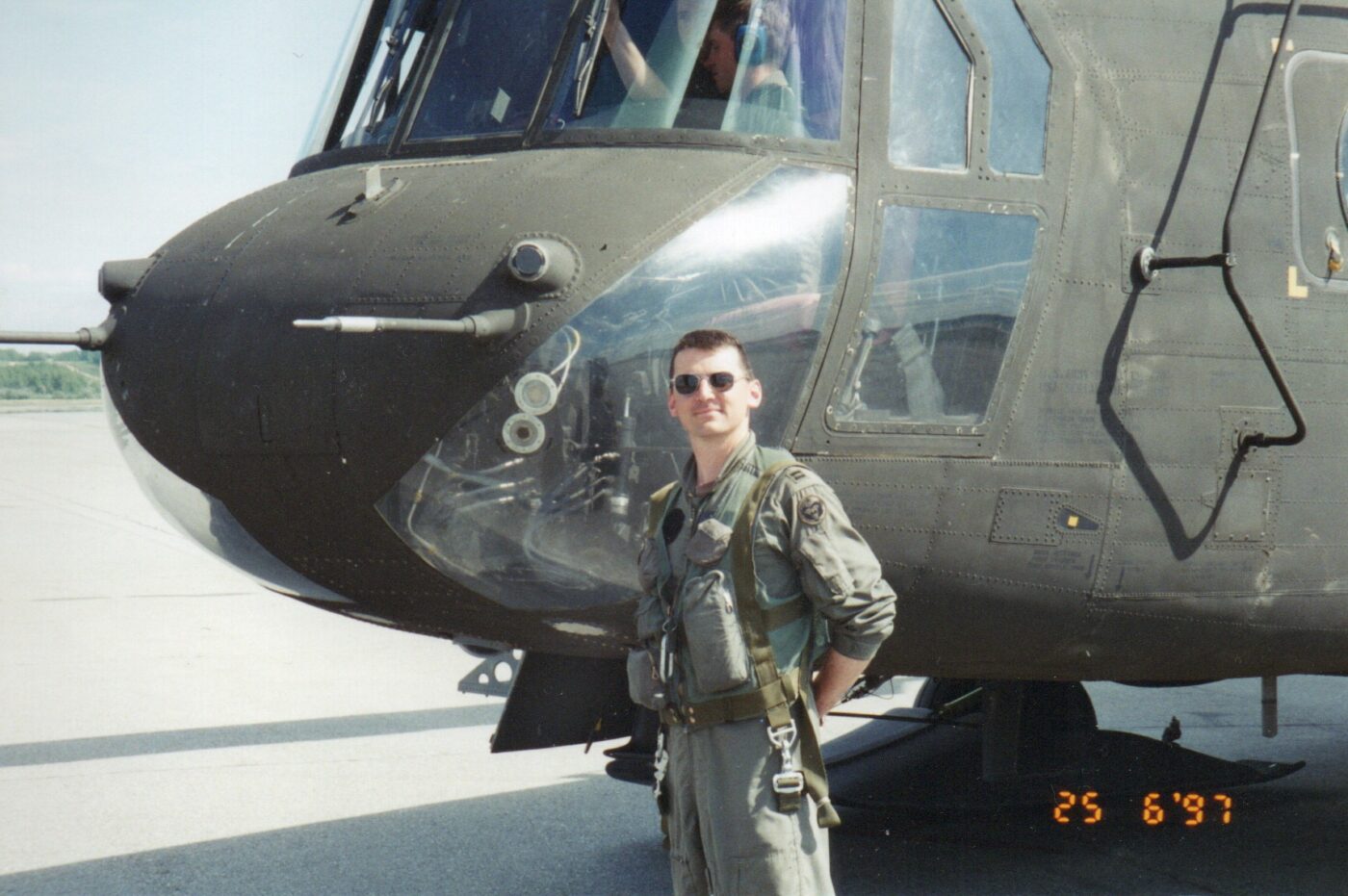
Back in World War II, single-engine and multi-engine made a difference — but not too much. I have known of guys who bounced from P-40 Warhawks to Supermarine Spitfires to P-47 Thunderbolts as the need arose. Typically, somebody would sit outside the cockpit and show you where all the switches were before cutting you loose to go make trouble. Nowadays the process is much more formalized.
Looking Back
Back in the 1990’s when I flew for Uncle Sam you had to attend a course at Fort Rucker to fly Chinooks, Blackhawks or Apaches. These were complex multi-engine aircraft that required two rated and qualified pilots to operate. Hueys, Cobras, and OH-58’s could technically be flown single-pilot.
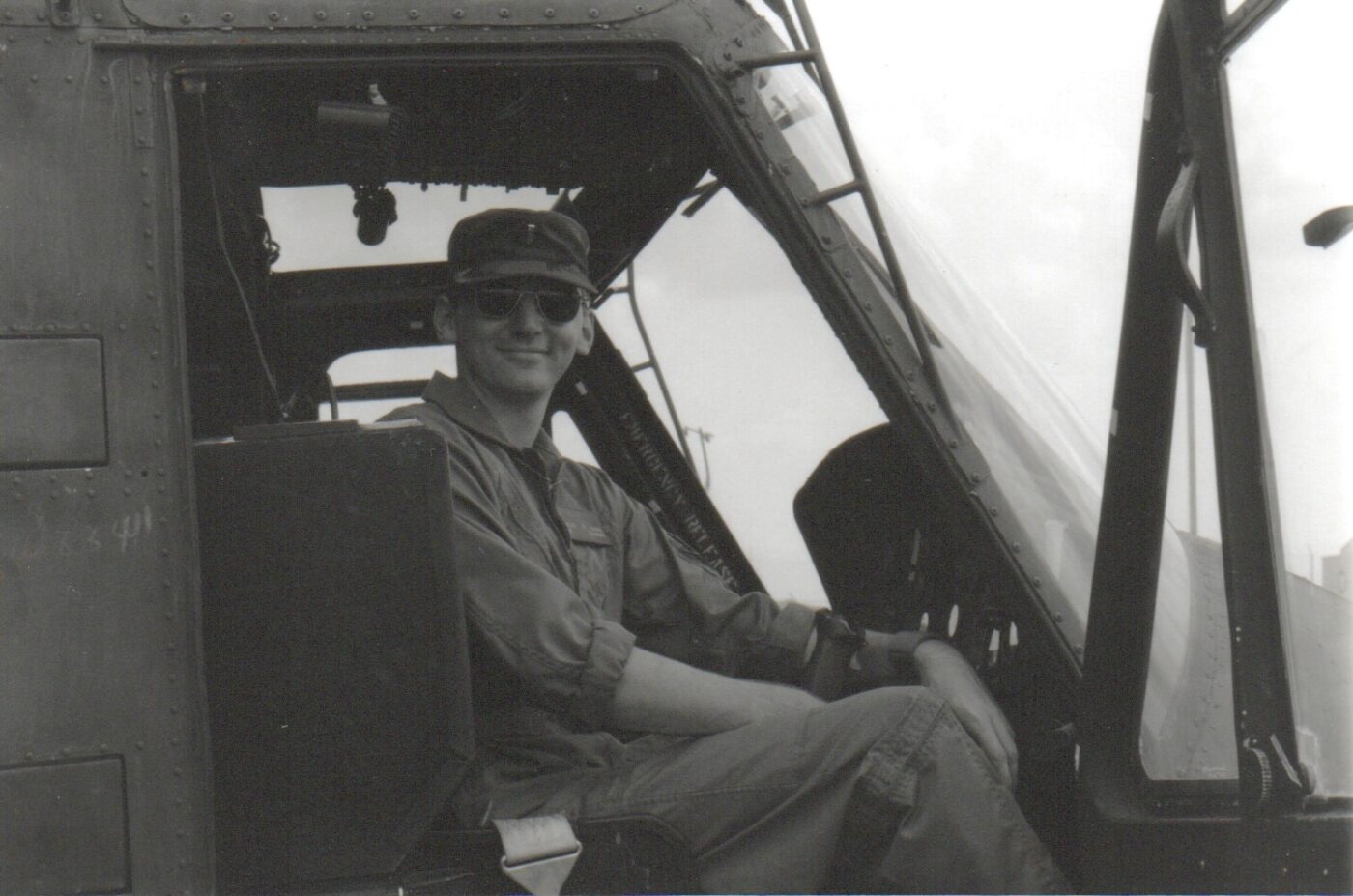
I flew Hueys in the U.S. Army flight school, did the Chinook course, and then got a local transition into OH-58’s at my first duty station. I kind of fell into Cobras. However, with a fair amount of stick time in four different helicopters, here’s how they compare.
The controls all move the same way and do similar things. In a twin-rotor aircraft like a Chinook, the flight controls interface with the rotor system in a unique way. However, the basic pilotage — how you wiggle the sticks to make the machine do what you want — is essentially the same across all rotorcraft.
Flying the UH-1H Huey
Everybody who has ever flown one adores the Huey. Imagine flying an SUV. The Huey is big enough to carry stuff, but still plenty spunky to make you sick if deftly wielded.
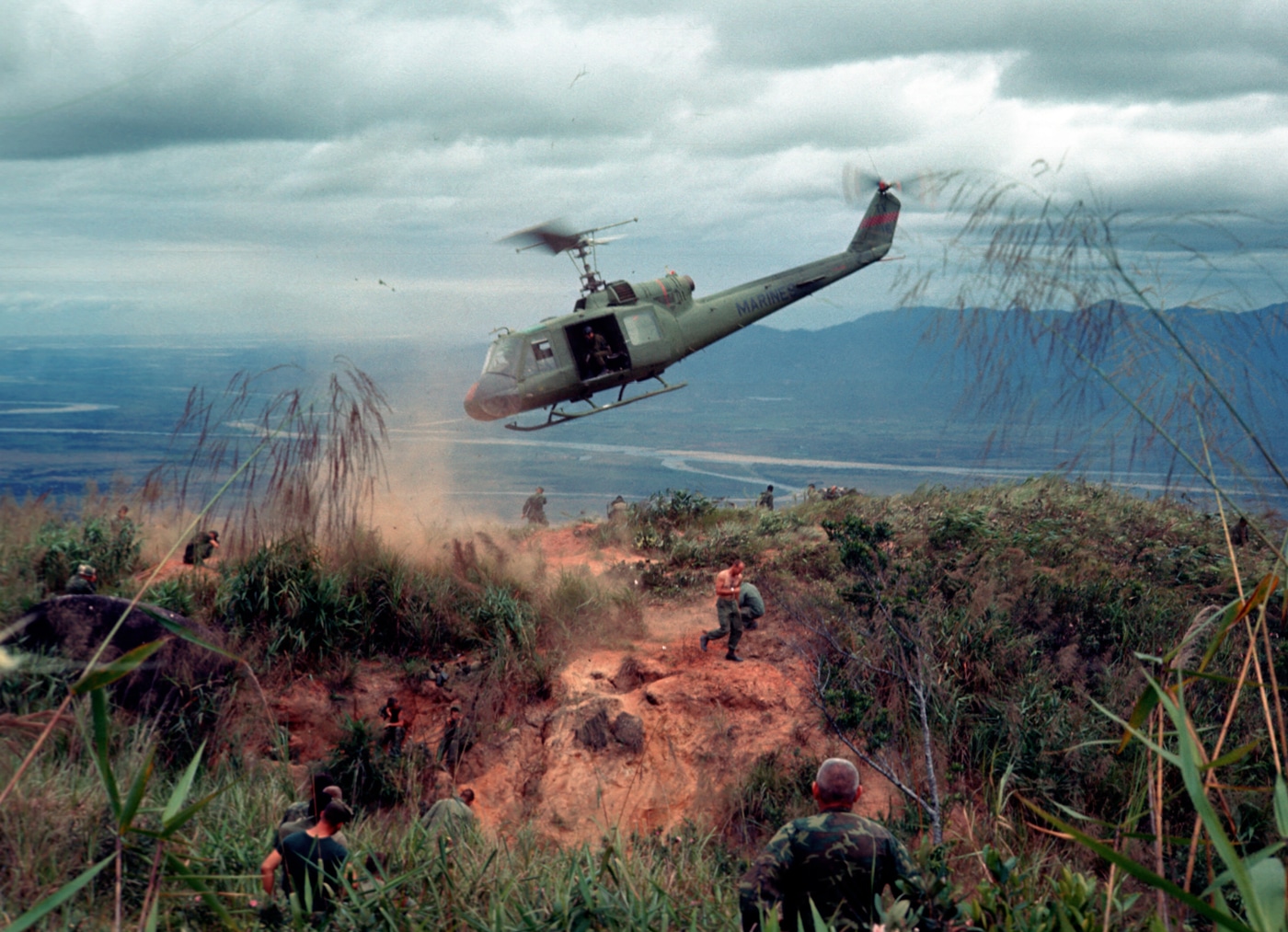
As you lift the collective pitch lever with your left hand, you need to simultaneously compensate for the increasing torque with the pedals lest the nose spin. There’s an art to doing this well. Once you break ground, the UH-1 naturally wants to hover in ground effect at about three feet.
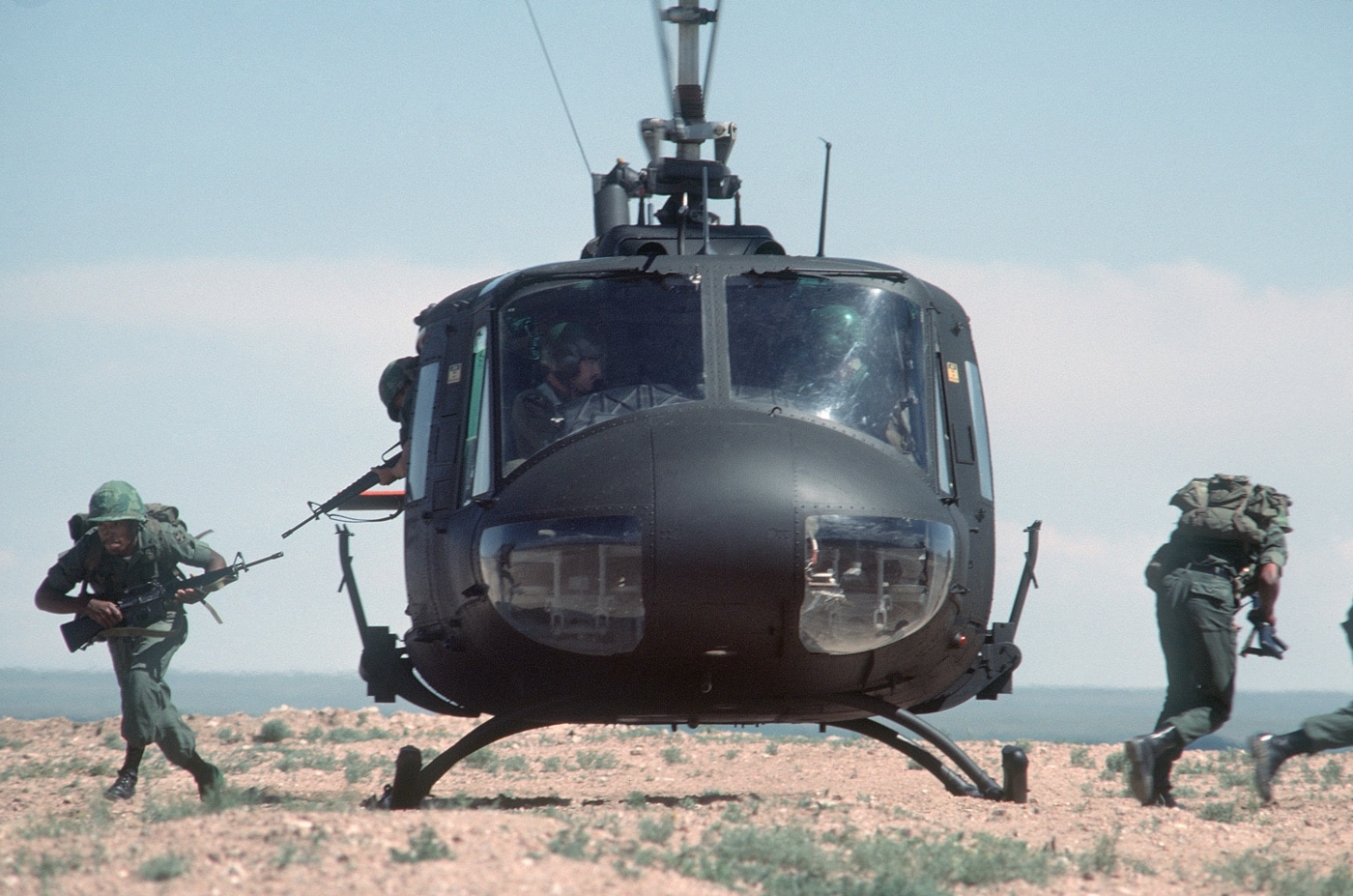
While at a hover, the cyclic is shockingly sensitive. However, the Huey is big enough to dampen some of that out. Nudge the cyclic left, and the aircraft slides left. Nudge it back to arrest the slide. Coordinated movements in a big open space wherein you move the aircraft across the ground while also simultaneously turning the tail are cool beyond my capacity to adequately describe.
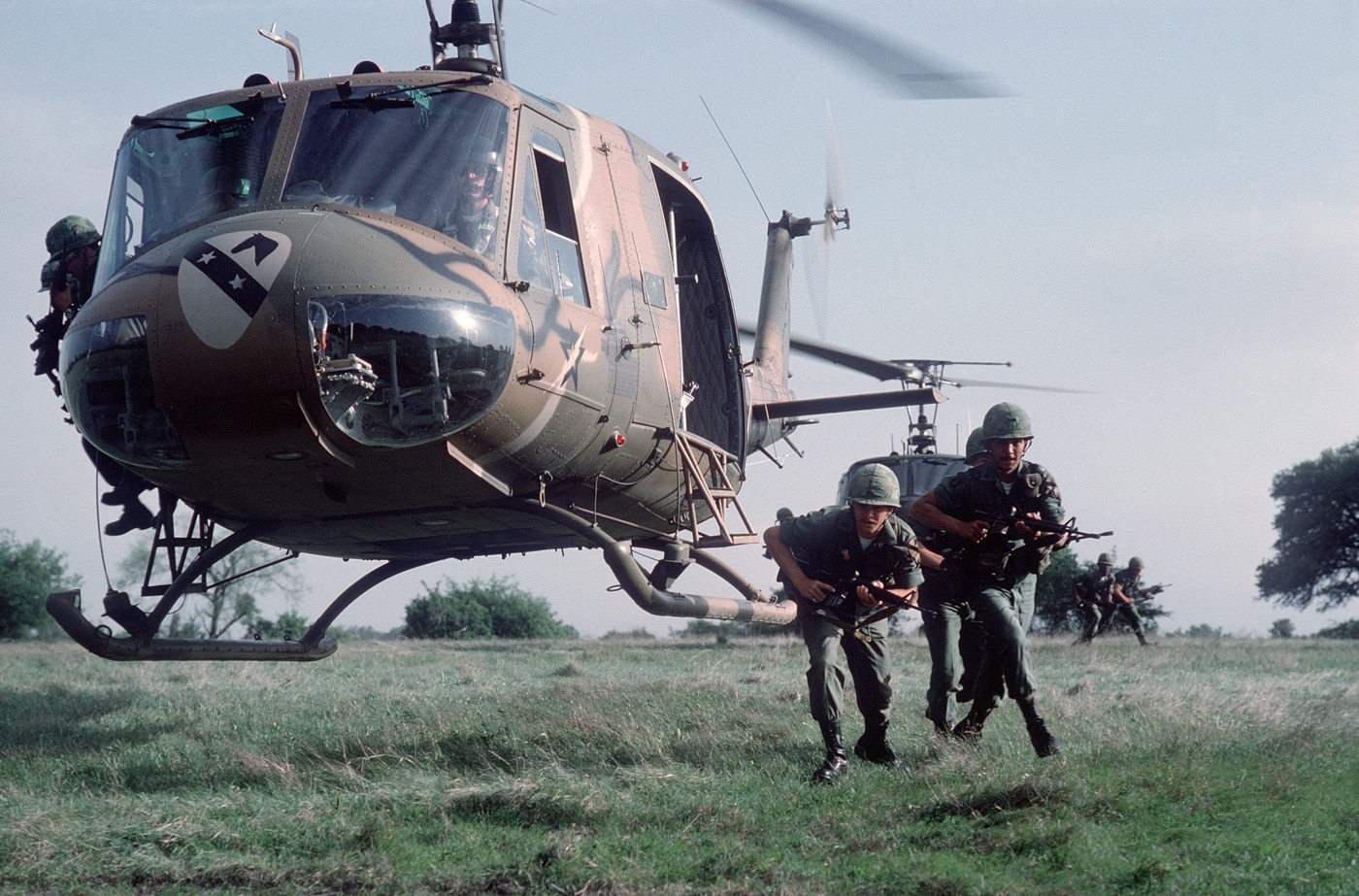
The pilots in a Huey sit side-by-side and share the work. The pilot-in-command (PIC) sits on the right and has a better set of flight instruments. The cockpit of a Huey is fairly spacious and roomy. The aircraft tends to waddle just a little bit when you break ground, but an experienced pilot can wear the Huey like a suit of clothes.
Striking the Enemy in a AH-1S Cobra
The original Cobra was designed around the Huey chassis. The S-models I flew were heavier and more powerful than the Vietnam-era G’s. However, the aircraft still flies much like a Huey, only faster. It also seems unnaturally skinny.
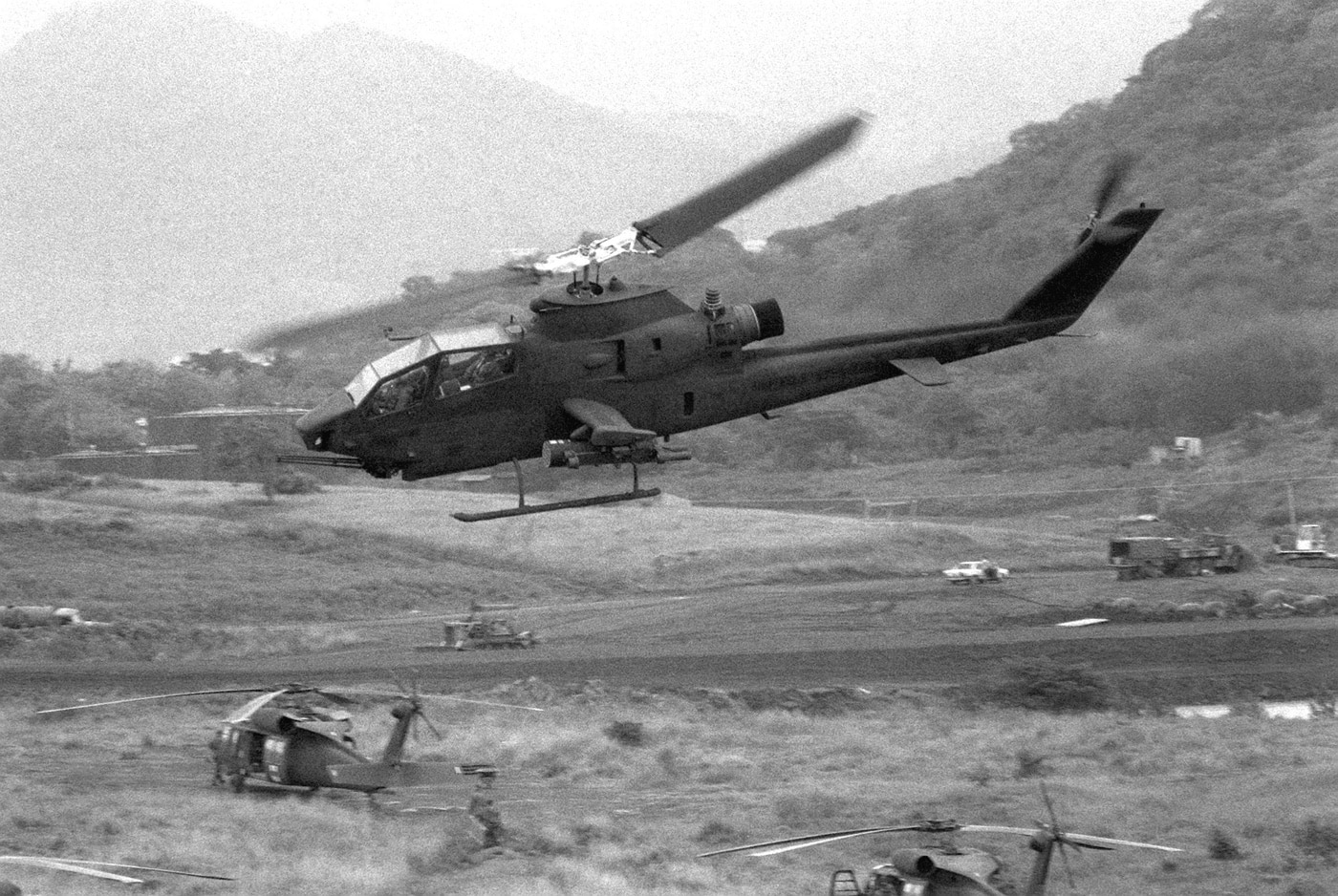
The two pilots sit one in front of the other in a Snake. The aircraft does not feel much wider than your shoulders. As a result, it is more aerodynamic and slipperier than a UH-1. Where the max speed for a Huey is about 124 knots (143 mph), a Cobra does more like 150.
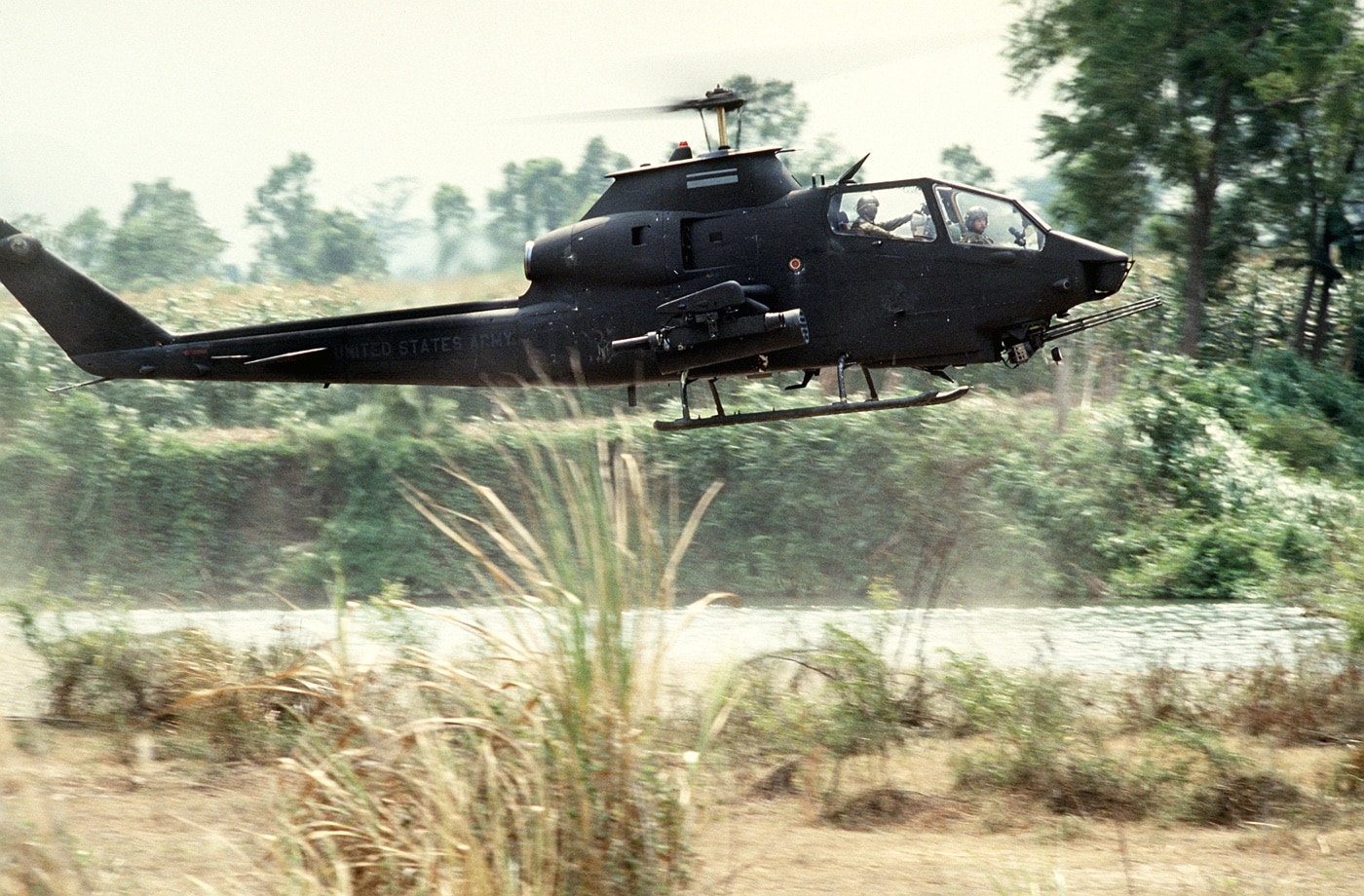
The slab-sided nature of the fuselage makes the Cobra want to fly straight. Accelerate left or right at a high hover and relax pressure on the pedals and the aircraft will naturally weathervane into the direction of flight. All helicopters do that, but I recall the Cobra being more pronounced in that regard.
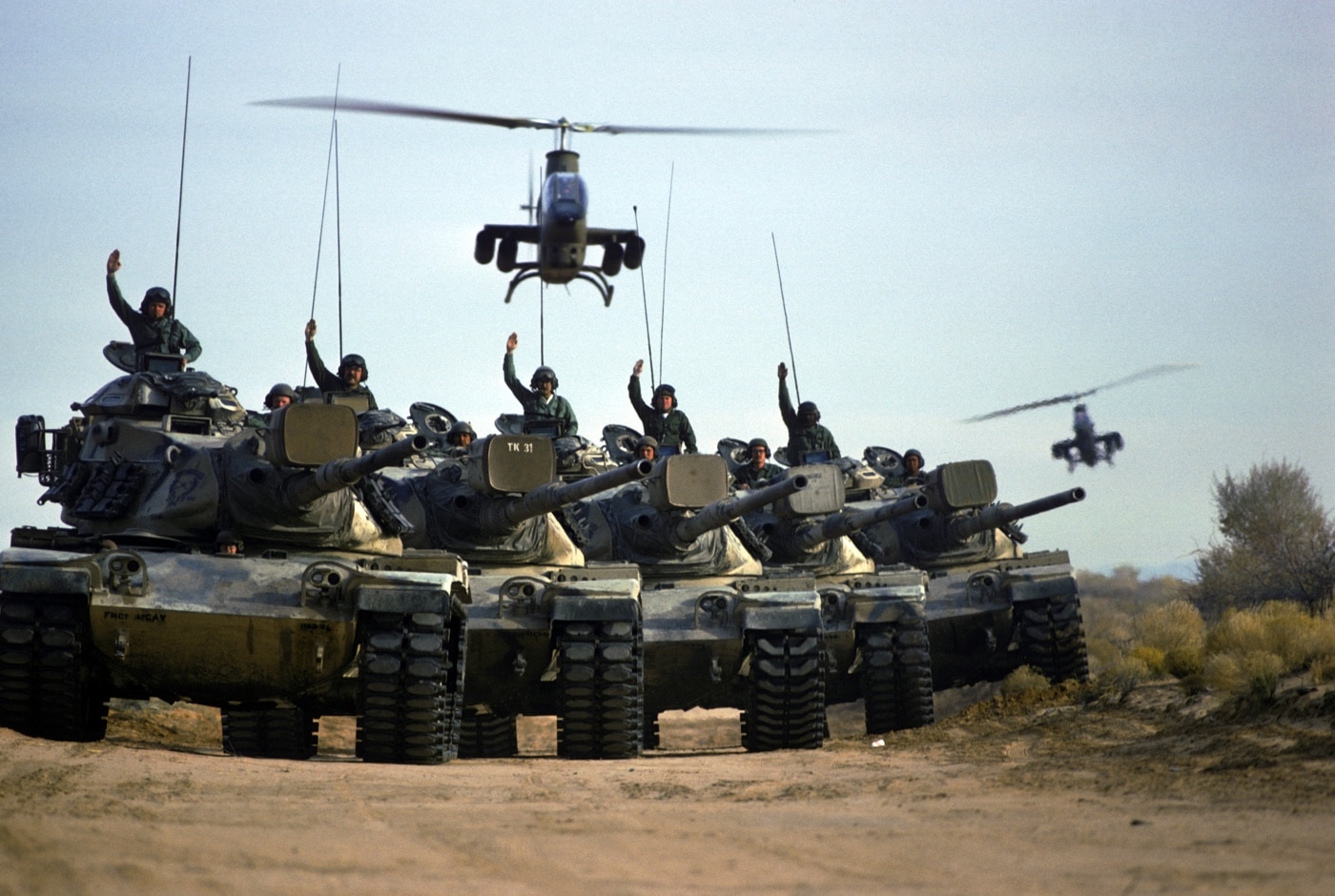
The PIC sits in the back and slightly higher than the front seat. The second pilot runs the weapons from the front. The cyclic at the front crew station is to the right of the seat, which takes some getting used to.
Relative to the Huey, the Cobra is a big, heavy machine. It does not feel as nimble as the UH-1H. It is also rather badly underpowered, particularly with lots of ordnance under hot and high conditions. If the ammo bay is filled with ammunition there is no place to put personal gear, either. Regardless, the view, particularly from the front seat over that stubby little nose, is simply spectacular. The Cobra is also the only aircraft I flew with an air conditioner, which is no small thing.
OH-58A/C — The Airborne Motorcycle
The OH-58 is like a three-dimensional motorcycle. Flying that thing single pilot with the doors off is a rush like none other. The controls on the Huey and Cobra are sensitive, but those of the OH-58 are positively ethereal.
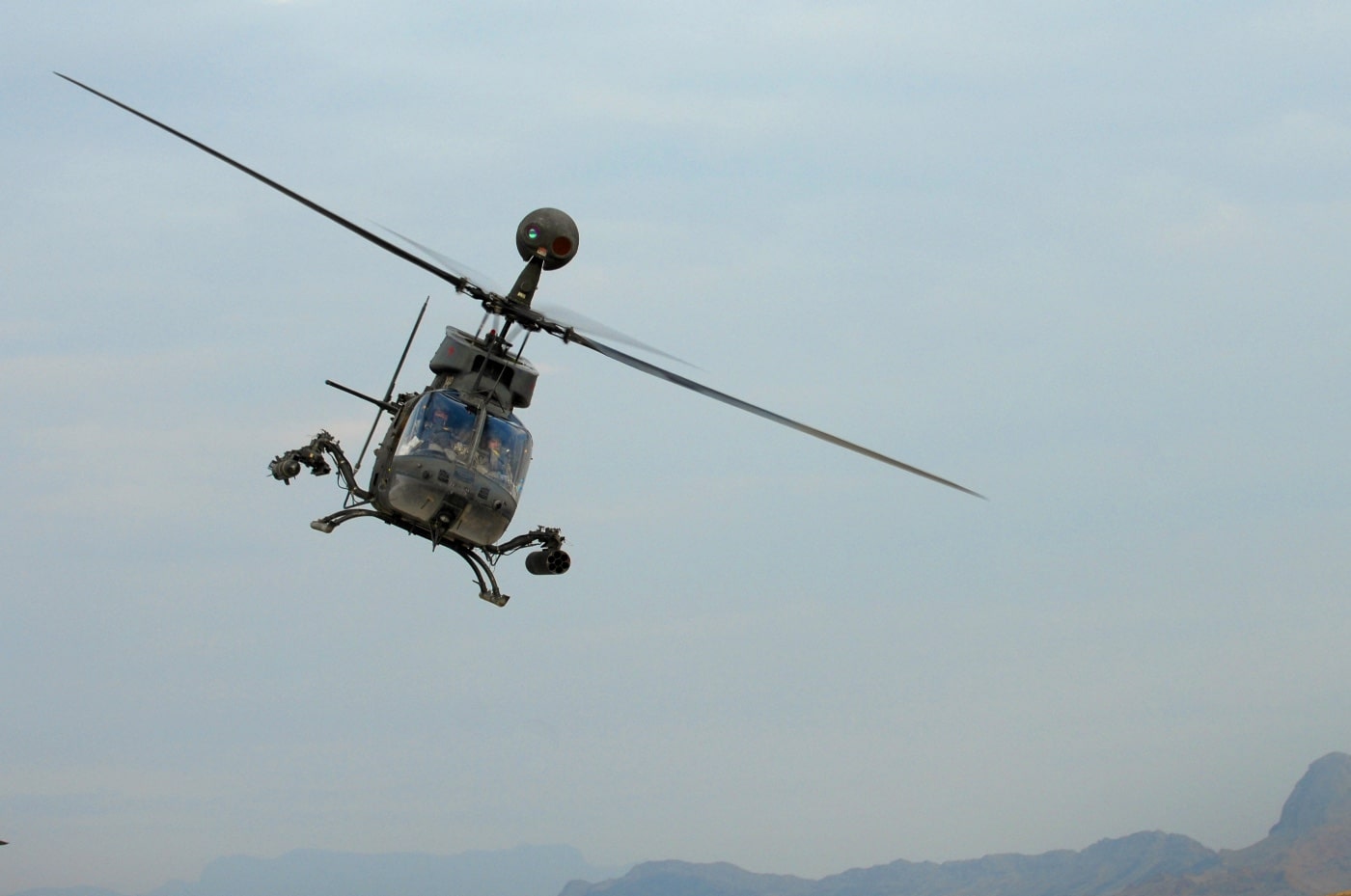
You have to be mindful of tail rotor authority in any conventional helicopter, but that of the OH-58 is more squirrely than most. I inadvertently turned the tail of my aircraft through a bush one time after a strong gust of wind caught me from the side unexpectedly. There was no harm done, but it scared the bejeebers out of me.
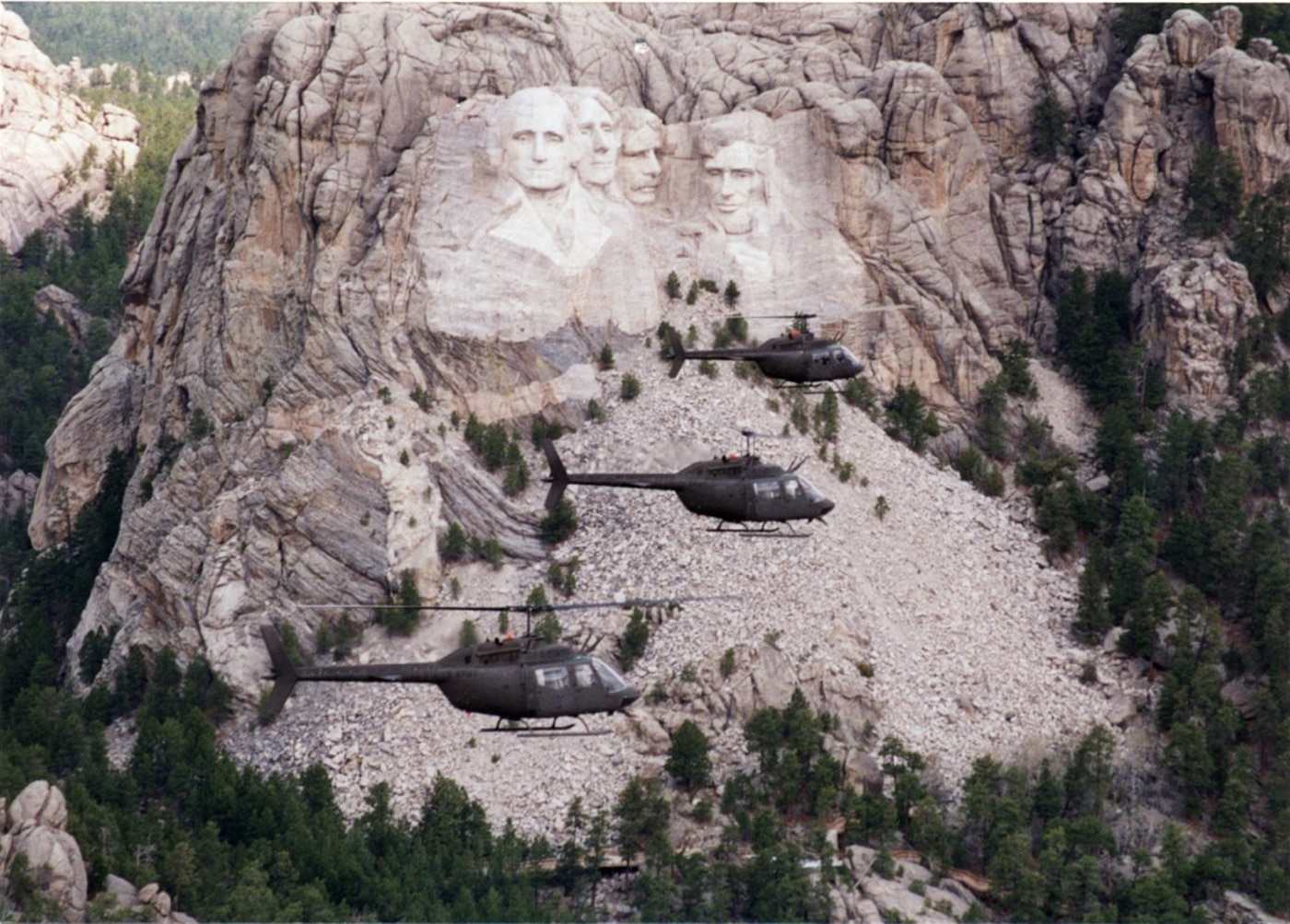
The OH-58, particularly the A-model, is also rather badly underpowered. However, when flown low and fast without much of a load it was just a joy. Nimble and inimitably light on the controls, it is a magnificent NOE (nap of the earth) platform. I once flew an OH-58 by myself from Fort Sill, Oklahoma, to Fort Smith, Arkansas, without breaking 100 feet. Cell towers would make that harder today, but what a rush. If you were paying taxes back in 1992, sincerely and from my heart, thanks.
The Powerful CH-47D Chinook
Helicopter performance is more about power than aerodynamics, and the Chinook has gobs of it. Those two massive Lycoming turboshaft engines churn out an aggregate 9,000 shaft horsepower. Think four P-47 Thunderbolts. Conventional helicopters sacrifice a portion of their engine power to drive the tail rotor. Thanks to the Chinook’s contra-rotating design, every drop of that go juice goes into flying.
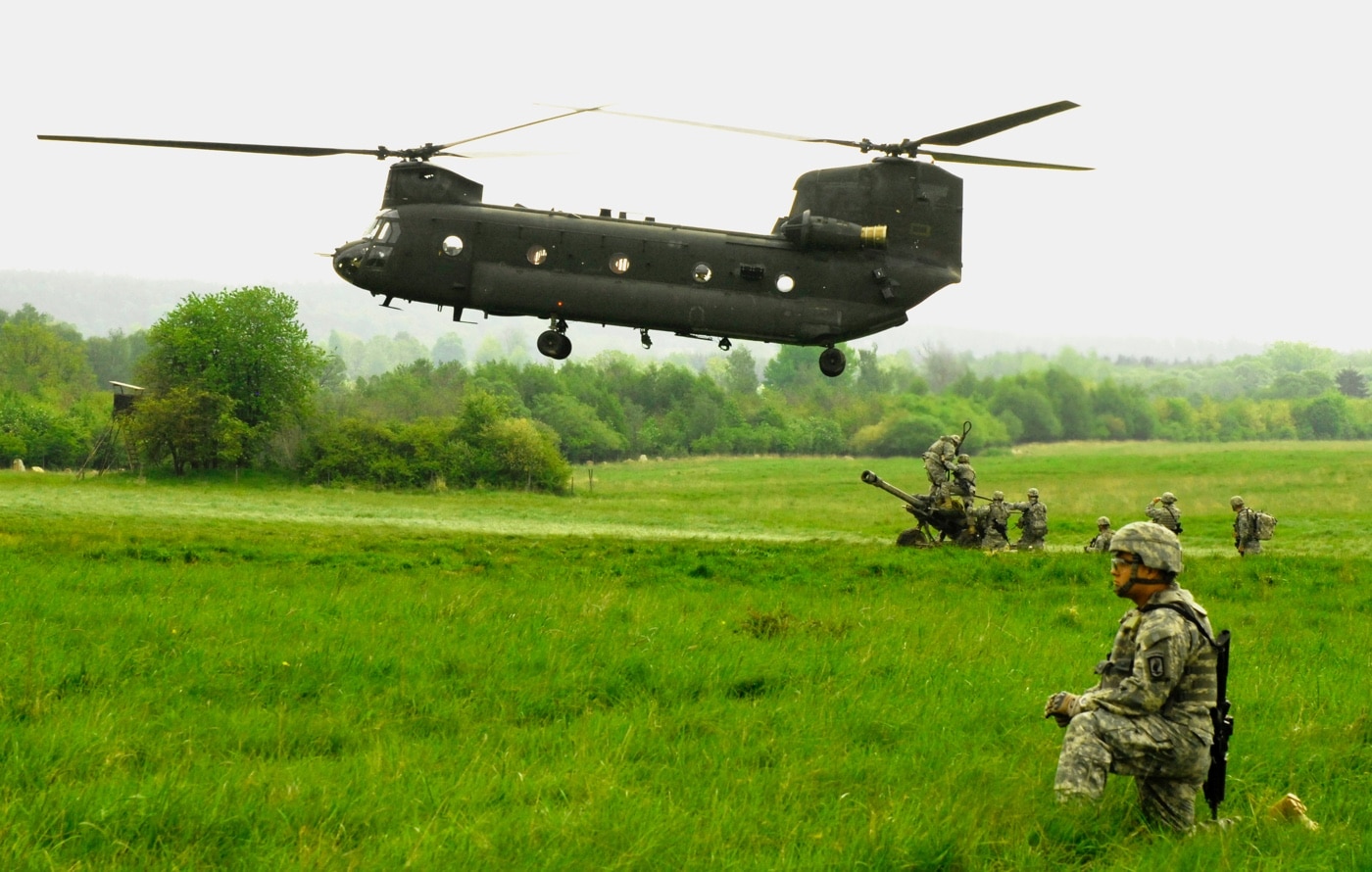
Unlike the other aircraft I flew, the twin rotor Chinook was exceptionally resistant to crosswinds and tailwinds. A fun party trick is to take a Chinook from a hover, pull in max power, and kick in pedal such that the aircraft spins about its axis as it rockets into the air. It takes some skill to do that safely and well, but it is a great test of control coordination. It also looks simply spectacular to bystanders.
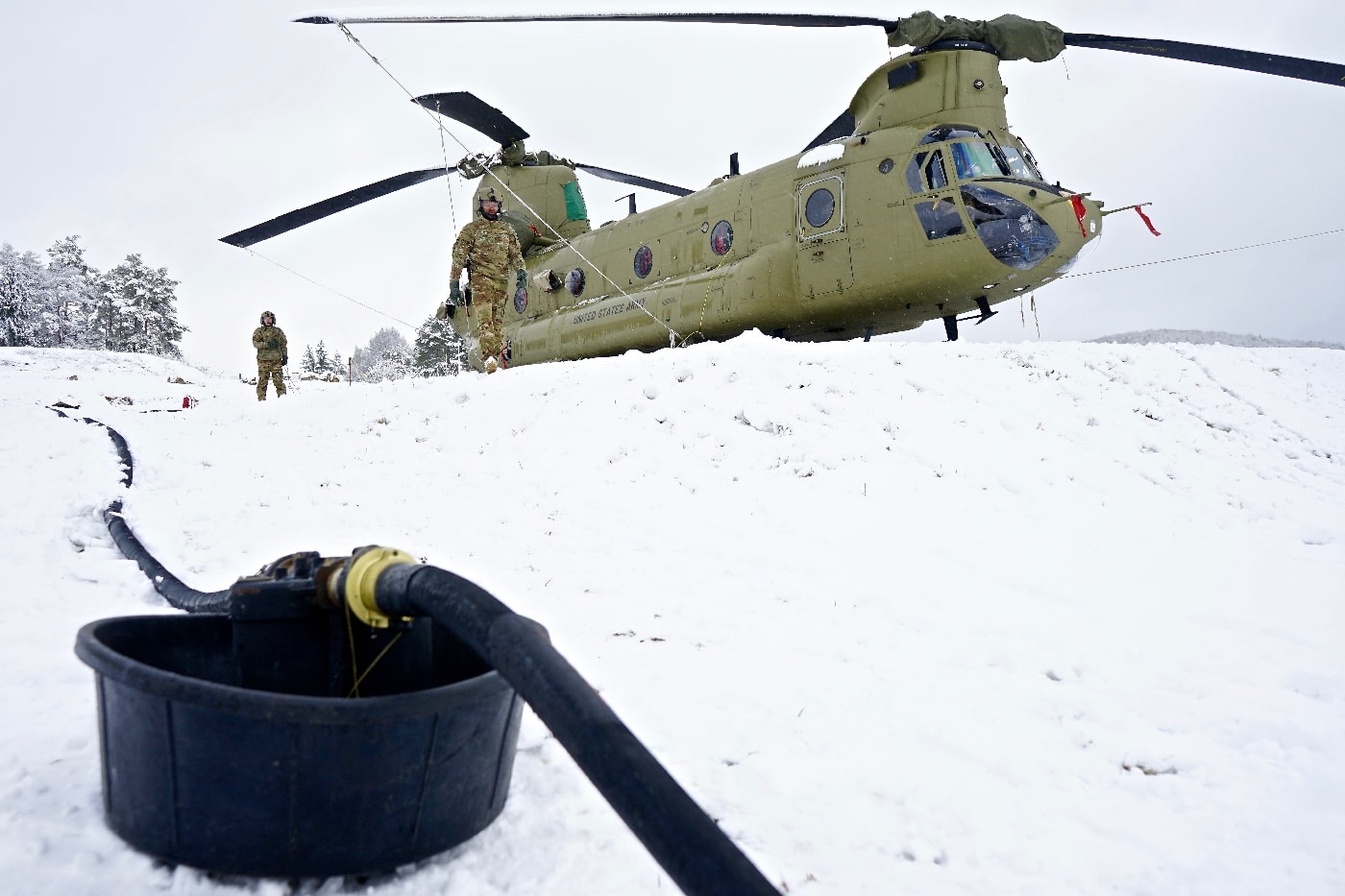
By adroitly managing the pedals while compensating with the cyclic, a Chinook can be precisely rotated around the forward rotor, the aft rotor, or the center cargo hook. We always flew Chinooks operationally with two pilots, a crew chief, and flight engineer. That in itself made for a unique aviating experience. The crew dogs were our indispensable eyes in confined spaces or while managing slingloads externally. Coming from OH-58’s, I thought having four people on board the aircraft might feel cluttered or burdensome. However, operating the machine as a coordinated crew was immensely satisfying.
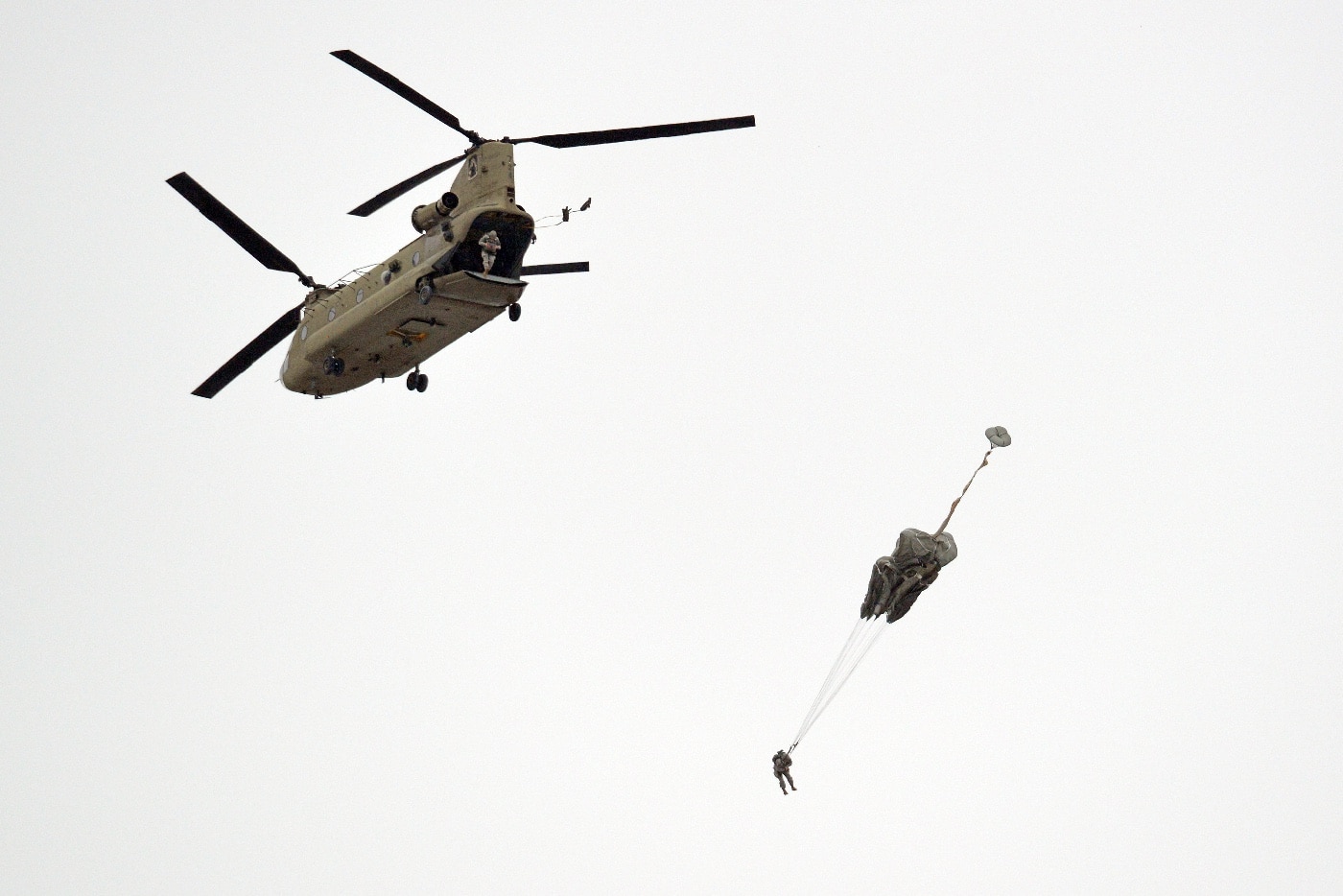
The CH-47D is also exceptionally fast. With a maximum speed of 170 knots or nearly 200 miles per hour, that big Chinook is the fastest helicopter in the Army’s inventory. It is also just as comfortable flying NOE on the deck as is the OH-58. I have flown Chinooks over rivers in Alaska, down highways, and across flat desert basins wide open and so low we had to pass armored vehicles to the side.
Ruminations
There is a twist throttle like that of a motorcycle built into the left-sided collective levers of the Huey, Cobra and OH-58. Once you get the engine spooled up there is a governor that automatically manages engine output for collective power changes. The left-sided collective control in a Chinook is called the thrust lever and does something similar. However the two separate engine condition levers on the CH-47 come down from the cockpit ceiling. The twin-engine Chinook was a much more complicated machine to fly. However, it was, if anything, the most fun of the four.
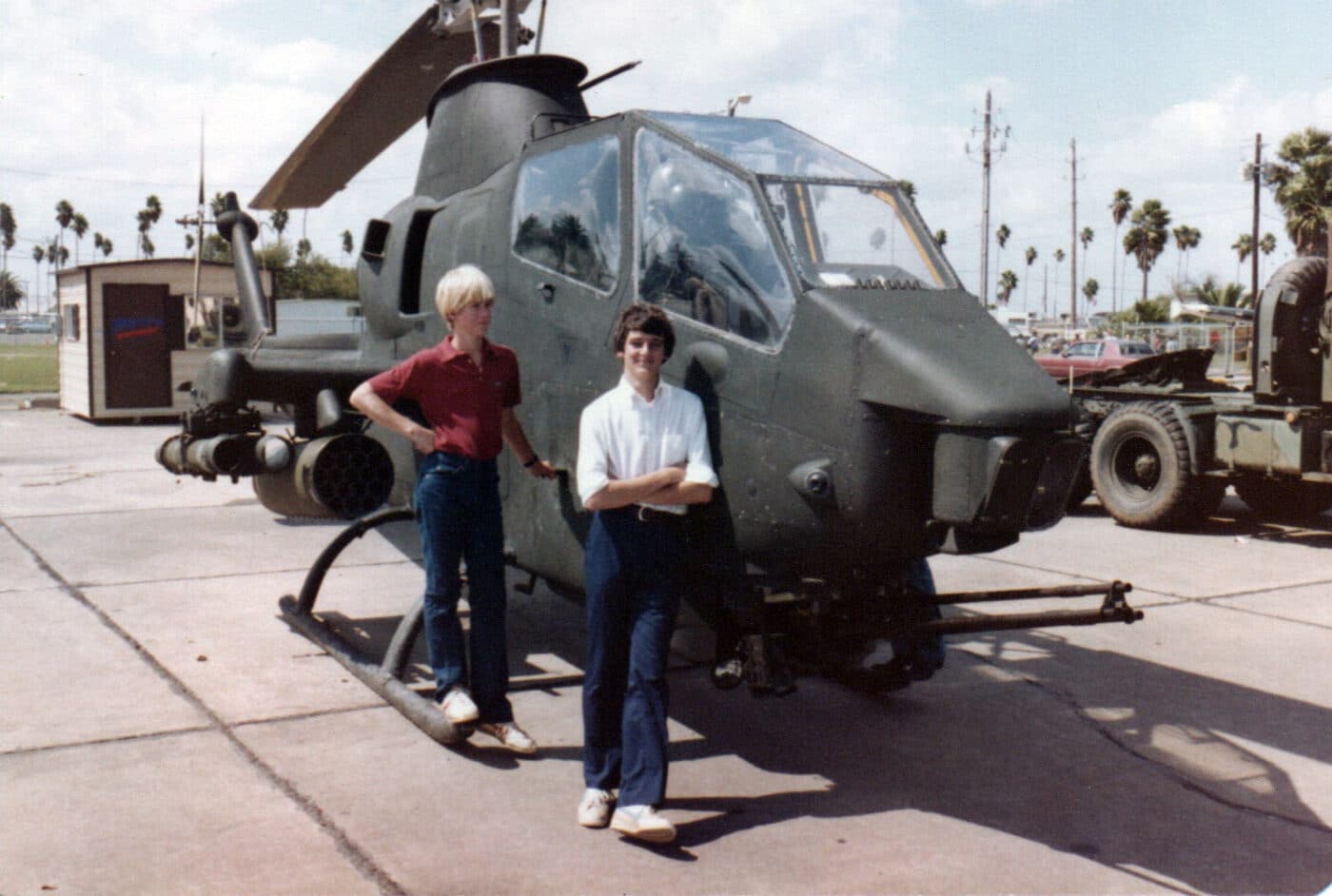
Flying different tactical helicopters was not unlike driving different types of cars. SUV’s, two-seat coupes, powerful muscle cars and brawny pickup trucks all have different personalities, but the basics are common across the genre. The practicalities of firing weapons, picking up heavy stuff, sneaking around terrain features gathering intelligence, or dropping into a tight LZ under night vision goggles all required different skillsets, but each mission had its good points and bad.
Aeroscouts were pure unfiltered fun, and Hueys just dripped nostalgia. Gunships were cool, but you only rarely got to perform your wartime mission. By contrast, every time we broke ground in a Chinook it was to do something both important and real. Vive la difference…
Editor’s Note: Please be sure to check out The Armory Life Forum, where you can comment about our daily articles, as well as just talk guns and gear. Click the “Go To Forum Thread” link below to jump in and discuss this article and much more!
Join the Discussion
Continue Reading
Did you enjoy this article?

 422
422






